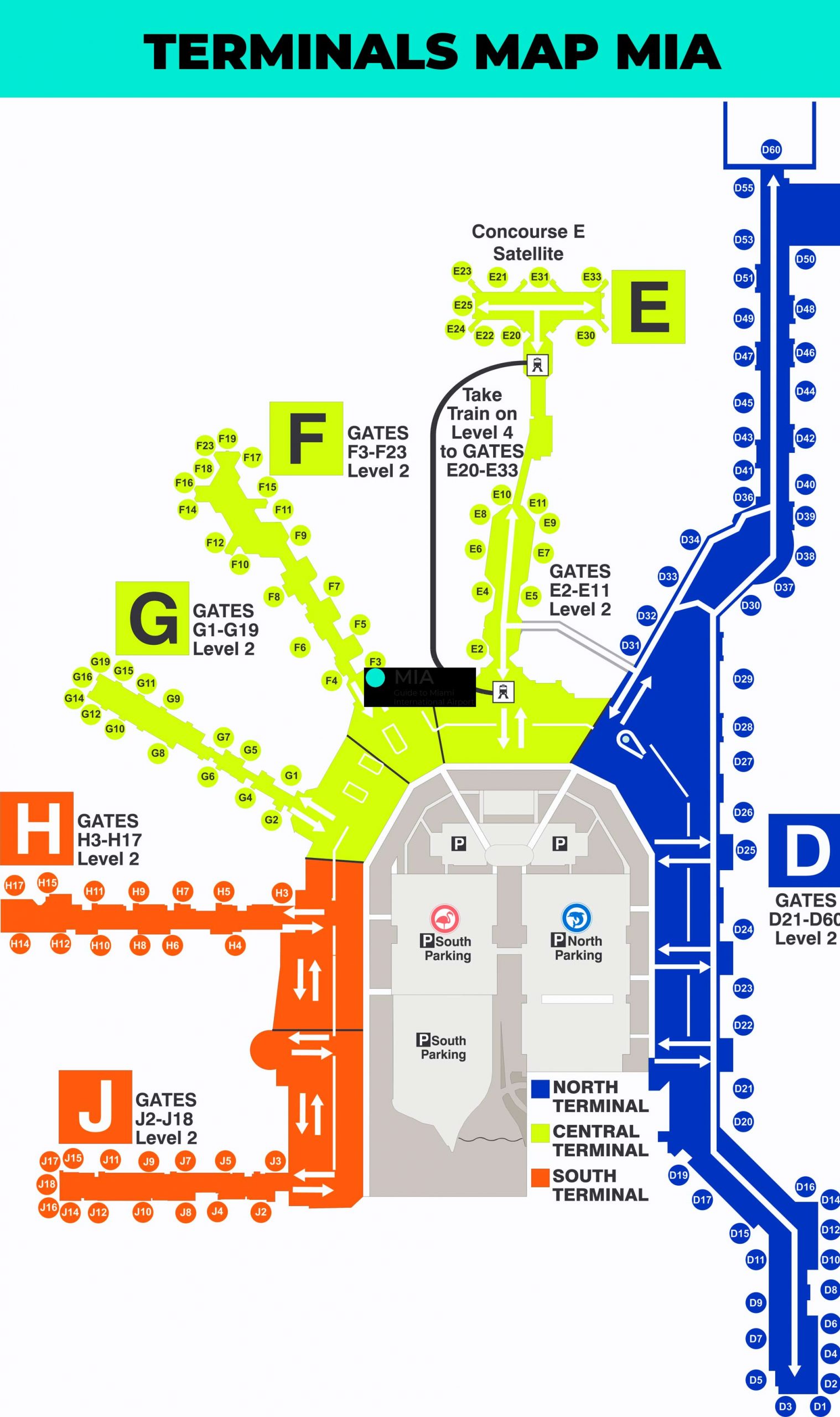🤖 AI-Generated Content
This content has been created using artificial intelligence. While we strive for accuracy, please verify important information independently.
It's quite interesting, in a way, to think about how different things can have a kind of presence, or what some might call "girth," even if that word usually brings to mind something physical. We are going to look at several instances of "Mia" from some text, and see how each one, in its own distinct fashion, shows a measure of its own size or influence. This is really about considering how big or how far-reaching something is, whether it's a place, a person's identity, or even a collection of art.
You know, there are many different entities that go by the name "Mia," and our source text touches upon quite a few. We find references to a very busy airport, a well-known musician, the very origin of a name, a professional accounting body, and even a place where art is kept and shared. Each of these "Mias" brings something quite distinct to the table, and they each have their own unique way of showing their importance or scale.
So, as we go along, we will actually explore these different "Mias" and consider what their "girth" might mean in their particular situations. It's about understanding the scope of what they do, or perhaps the sheer volume of their existence. It's almost like taking a little peek into how varied and extensive things can be, even when they share a similar sounding name.
Table of Contents
- The Many Faces of Mia Z
- Miami International Airport's Girth - A Hub of Activity
- Mia's Name - A Measure of Its Ancient Girth
- The Minneapolis Institute of Art - Girth in Collection and Community
- Mia - A Foundation of Accountancy - Its Regulatory Girth
- Flight Information - Tracking the Girth of Air Travel
- What Can We Learn From Mia Z and Girth?
The Many Faces of Mia Z
It's quite something, really, how one short name can point to so many different things. From busy transportation spots to places of quiet reflection, the name "Mia" pops up in a variety of contexts. We're going to explore these different uses, and see how each one holds its own kind of significance, its own sort of presence in the world. It’s almost like discovering various aspects of a larger idea, all connected by a shared sound.
Who is M.I.A. the Musician? - A Look at Her Reach
One of the "Mias" we find is a person, Mathangi "Maya" Arulpragasam, who is known to many as M.I.A. This artist, born on July 18, 1975, has a professional identity that is, in fact, an initialism. It's interesting how a person's chosen name can become a symbol of their public persona, quite literally embodying their recognition.
| Detail | Information |
|---|---|
| Full Name | Mathangi "Maya" Arulpragasam |
| Born | July 18, 1975 |
| Professional Name | M.I.A. |
| Initialism Meaning | "Missing in." (as per the text) |
Her professional name, M.I.A., is actually an initialism, as the text points out, for "Missing in." This suggests a certain kind of identity, perhaps a hint at her unique presence in the music scene. The way she presents herself, even through just a few letters, gives a sense of her impact, a sort of personal girth in the cultural landscape.
So, you see, even a person's public identity can have a kind of "girth" to it. It is about how widely known they are, or the extent to which their name carries weight. For M.I.A., her name itself represents a certain measure of recognition and cultural footprint, which is pretty neat when you think about it.
Miami International Airport's Girth - A Hub of Activity
Then there's Miami International Airport, often called MIA, which is quite a significant place. It sits on a really big piece of land, about 3,230 acres, not far from downtown Miami. This sheer physical size alone gives us a good idea of its substantial "girth," making it a truly large spot for travel and transport.
This airport, you know, has a truly important role as a major connection point. It sends out more flights to Latin America and the Caribbean than any other airport in the United States. That's a huge volume of activity, which speaks volumes about its operational "girth" and its importance in linking different parts of the world. It's almost like a giant bridge made of air routes.
It's actually one of the leading international airports globally, not just for people traveling but also for moving goods. This means it handles a tremendous amount of traffic, showing its very broad reach and considerable influence in the world of air travel. Its overall presence, you might say, is quite considerable.
How Big is MIA's Footprint?
So, how much space does MIA truly occupy? Well, as we mentioned, it covers 3,230 acres, which is a really large area, providing plenty of room for all its runways, terminals, and other facilities. This physical expanse is a direct measure of its physical "girth," allowing it to handle a lot of movement.
Beyond its physical size, its "footprint" also extends to the sheer number of flights it manages. The fact that it's the largest U.S. gateway for Latin America and the Caribbean tells you a lot about its extensive network. It's a place where a lot of comings and goings happen, quite literally, making its operational presence really big.
You can see how this airport is a very busy spot, serving as a critical link for many people and businesses. Its size, both in terms of land and the amount of activity it sees, truly shows its extensive "girth" in the global transport system. It's a place where things are always moving, always connecting.
Mia's Name - A Measure of Its Ancient Girth
It's interesting to consider the name "Mia" itself, and where it comes from. The text tells us that the name Mia first came from Maria, which, in turn, has its roots in the Hebrew name Miryam. This shows a long line of history, a kind of linguistic "girth" that stretches back through time, connecting us to older traditions and meanings.
The meaning of Mia also has connections to ancient Egyptian words, specifically "mery" or "myr." These words have a meaning that translates to something quite significant. It's fascinating how a simple name can carry such a deep historical and cultural weight, showing its enduring presence over centuries.
So, in a way, the "girth" of the name "Mia" isn't about physical size, but about its historical depth and the broad sweep of its origins. It's about how far back its story goes and how many different cultures it has touched. That, you know, is a different but equally compelling kind of presence.
The Minneapolis Institute of Art - Girth in Collection and Community
Moving on, we encounter the Minneapolis Institute of Art, also known as Mia. This institution holds its vast collection for the public good, acting as a steward of these artistic works. This responsibility to the community shows a kind of civic "girth," meaning its broad role in public life.
The sheer number of items in Mia's collection is quite impressive, with more than 100,000 artworks. This enormous collection gives us a clear picture of its artistic "girth," representing a significant body of human creativity. It's a place where a huge number of stories and expressions are preserved.
As caretakers of these pieces, they follow established guidelines from the wider museum community. This means they responsibly keep, record, and show the artworks. This commitment to professional standards reflects their institutional "girth," showing their serious approach to their important work.
What is the Scope of MIA's Art Holdings?
So, just how extensive are Mia's art holdings? As we just talked about, it's a collection of over 100,000 artworks, which is a truly remarkable number. This massive collection represents a very wide range of art, showcasing a considerable "girth" in terms of artistic styles, periods, and cultures.
They make it possible for people to look at the collection from their own homes, or by visiting the museum itself and using free Wi-Fi. This accessibility, this willingness to share, extends the "girth" of the collection beyond the museum walls, allowing more people to connect with the art, which is pretty cool.
Mia also hosts events like the "Institute of Ice," a celebration of art, winter, and community, and exhibitions such as "Hokusai | Monet." These activities show the museum's community "girth," meaning its broad involvement with people and its efforts to inspire wonder through art. It's more than just a building; it's a place of connection.
Mia - A Foundation of Accountancy - Its Regulatory Girth
Another instance of "Mia" is a statutory body, established under the Accountants Act of 1967. This Mia has a very specific job: to oversee and help grow the accountancy profession in Malaysia. This responsibility gives it a significant regulatory "girth," meaning it has a wide reach in shaping how accountants work.
Its main purpose is to support the nation by ensuring the accountancy profession is well-managed and continues to improve. This role in national development highlights its functional "girth," showing how its work touches many parts of the country's economy. It's a foundational piece of the professional landscape, really.
So, this Mia's "girth" is about its authority and its impact on a whole profession. It's about the breadth of its mandate and how it helps to maintain standards and foster growth. It’s a quiet but very important presence in the financial world.
Flight Information - Tracking the Girth of Air Travel
When we look at Miami International Airport again, there's a lot of information available about flights. You can check the status of arrivals and departures, with updates happening in real time. This constant flow of data helps people keep track of the dynamic "girth" of air travel, which is pretty helpful for planning.
You can even follow planes as they fly to see where they are at any given moment. This ability to monitor air traffic gives a clear picture of the vast network of flights moving across the skies. It's a way of visualizing the sheer volume and spread of air connections, a truly immense "girth" of movement.
The information on arrival times and status is frequently updated, making it easy to stay informed. This constant refresh of data shows the active and ever-changing "girth" of the airport's operations, reflecting the continuous coming and going of aircraft and passengers. It's a system that's always in motion, always updating.
What Can We Learn From Mia Z and Girth?
Looking at these different "Mia" examples, it becomes clear that "girth" can mean many things beyond just physical size. It can refer to the extensive reach of an airport, the historical depth of a name, the vastness of an art collection, or the broad influence of a professional body. Each "Mia" shows its own unique form of presence.
It's almost like recognizing that importance or scale isn't just about how big something is in a traditional sense. It's about its impact, its scope, or the sheer volume of what it represents. We see how different entities, even with the same sounding name, can hold a very distinct kind of significance in their respective areas, which is quite interesting.
So, whether it's a place that connects continents, a name with ancient roots, a collection that spans centuries of art, or a body that guides a profession, each "Mia" has its own substantial "girth." They all show us, in their own ways, just how extensive and influential things can be.
Additional Resources
Visual Content



Disclaimer: This content was generated using AI technology. While every effort has been made to ensure accuracy, we recommend consulting multiple sources for critical decisions or research purposes.
